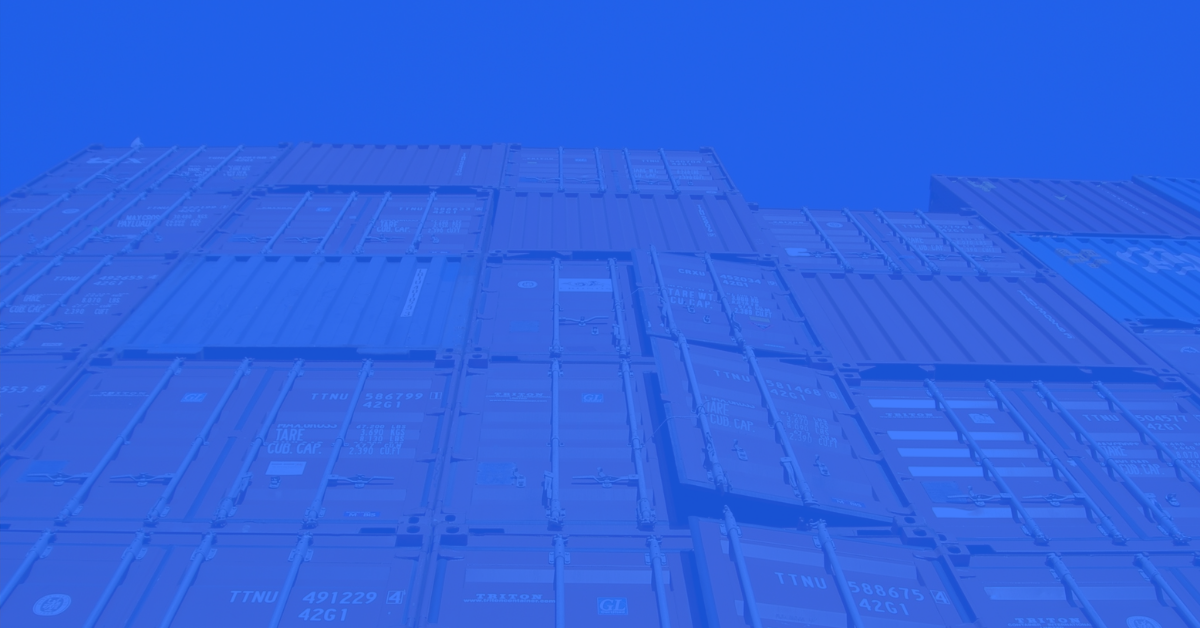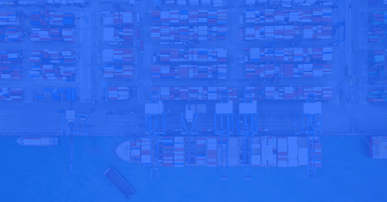There's no doubt; 2021 has been an exciting year.
To paraphrase Queen Elizabeth ll, 2021 will certainly rank as an "Annus Horribilis' if you're a shipper or involved in most facets of the supply chain, while the box carriers record profits have broken out the vintage champagne to celebrate their 'Annus Mirabilis." Yet, with both sides moving the same steel boxes from Point A to Point B, how could the results differ so greatly?
Firstly, it’s because of the pandemic and each country's response to it. Be it the original virus, the virulent Delta, or the current Omicron, the world's response has been too slow.
The Johns Hopkins University Covid dashboard (Sunday, Dec 19) reported 5,352,453 Covid deaths globally, with a staggering 806,302 deaths in the United States. But as Amazon, Alibaba, Otto, Tencent, John Lewis, and Zalando (amongst others) report record shipments and profits, is Covid really affecting the global supply chain?
The answer is 'yes,' but differ in how each country responds to the pandemic, far more aggressive in China and Asia than the United States, UK, and the EU. Once the Covid threat was known globally in early 2020, the Chinese government adopted a 'No Covid" policy that included military-enforced lockdowns, quarantines, and mass testing of towns, cities, and entire regions, regardless of their importance to the national economy. Traders, shippers, BCO's and carriers remember the sudden quarantine from Wuhan to the sea, with ships, trucks, and containers stopped as if frozen in time. That was the original stressor, which immediately affected the inbound/outbound vessels and cargo.
With the box carriers adjusting on the fly, in May, Chinese authorities closed Yantien, the world's 3rd largest port due to a Covid outbreak, and then as cargo, box vessels, and schedules suddenly needed readjusting again. About the same time, a covid outbreak forced Vietnam to shutter the Nike and Adidas sneaker plants, the leather goods and garment industries, and frozen seafood exports, throwing that part of the supply chain into disarray.
On the receiving end, the same problems arose. While the box ships lying off Los Angeles ports no longer make America's nightly news, the problem has not been resolved. America's import infrastructure has been overwhelmed by a toxic combination of too many boxes, not enough warehouse space, and an inability to move them to their destinations.
A leading problem has been the massive retirement of long-haul truck drivers. The combination of far-higher fuel prices, when added to fewer boxes moved due to congestion at the piers, the combination of far-higher fuel prices led the older drivers into early retirement, causing preholiday supply shortages of the many retail items America imports.
One-Stop-Shop as New Business Strategy For Box Carriers
Another important but overlooked story in the daily hue and cry of skyrocketing box rates and possible supply chain collapse was Maersk's August announcement of 12 green methanol-powered newbuilds. Perhaps anticipating the IMO's dithering response to COP26, Maersk told the world they would be using green methanol as their response to climate change and reminded suppliers of green methanol of the volumes Maersk would soon need annually.
Worth remembering is Maersk's earlier statements of how little green fuel would affect prices of sneakers, electronic goods, and other items, along with IKEA and other of Maersk climate-friendly clients supporting the use of such fuel.
Box rates make the news, of course, but so do the actions of the box carriers and their apparent disregard for their clients. As our dashboard illustrates, shippers took a beating in 2021. Long contracts rates for Shanghai-Los Angeles ports, for 40’ standard dry container, increased 61.5% (Jan 1- Dec 20), while Shanghai-North Europe Main jumped 168.4%. (as noted on 20 Dec)
Bad news for the shippers, but the worse news was the unexplained and arbitrarily implemented extra charges that run from USD $ 1 742- $ 6 475/box on the Shanghai-Los Angeles ports route, and USD $ 726- $ 2 303 China-N. Europe Main. Those surcharges were for (probably) guaranteed loading, (probably) chassis and equipment available on the discharge end, and (probably) no rollovers.
While box rates are always subject to supply-demand of containers versus cargo, in 2021, our friends at The Loadstar published multiple articles where shippers referred to such practices as 'extortion.'
When coupled with carriers, such as Maersk and CMA CGM, who became involved in air freight and buying/expanding their presence in forwarding, the box carriers are becoming 'one-stop shops' for international shippers.
Many wonder if this is an acceptable business strategy, similar to what big international banks have demonstrated. But with sudden-imposed surcharges, declining schedule reliability, shipping empties as US, EU, UK exports are left dockside, increased rollovers, substantial quarterly and annual profits; one wonders when will 'one-stop shopping' become a 'restraint of trade.'
In 2022, government investigations in China, S. Korea, Vietnam, and the United States may answer that question. For now, let me wish you and yours a prosperous 2022 from all of us at Xeneta!







